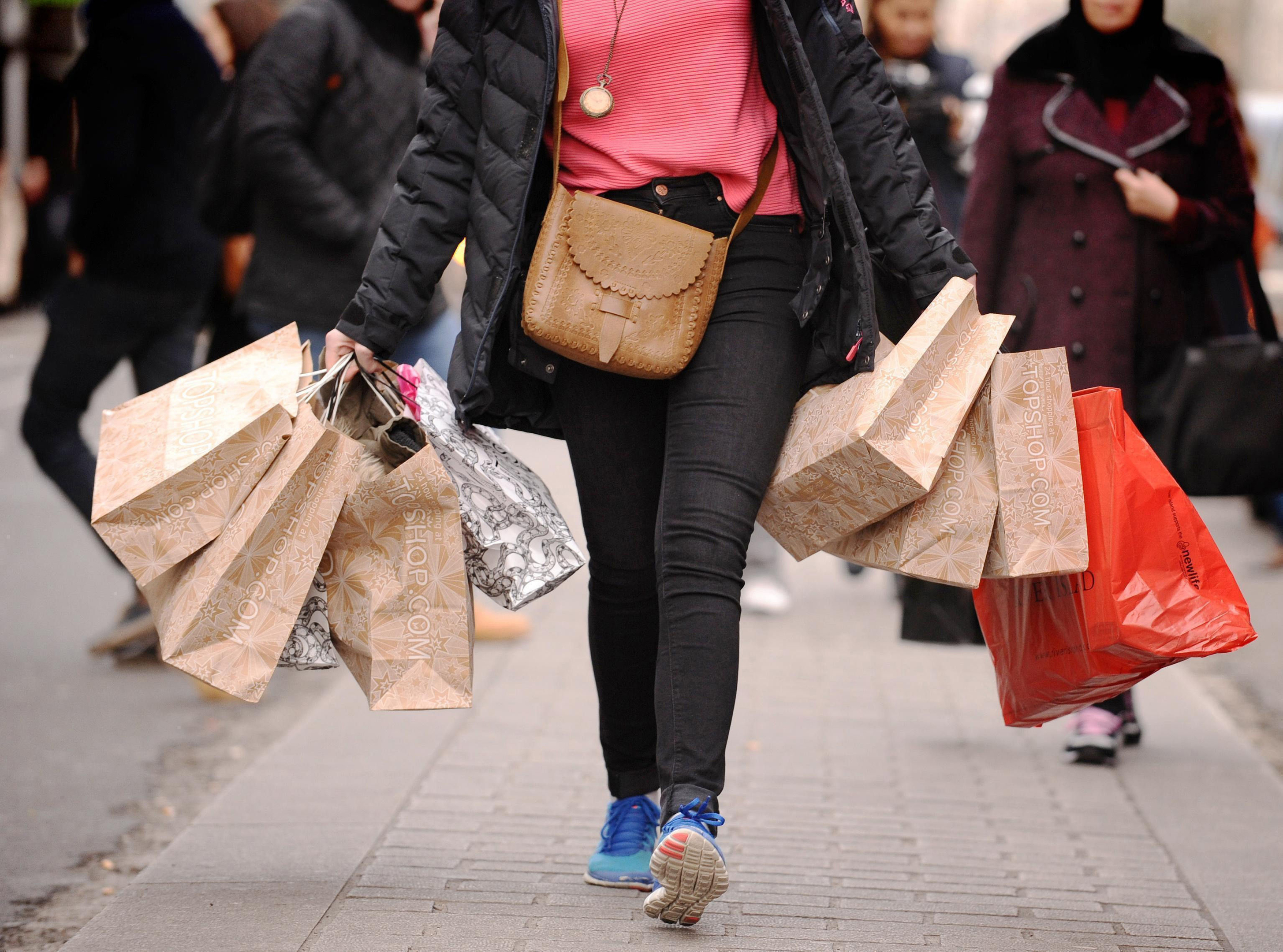
THE UK high street has suffered its worst February since 2009 as headwinds from the economy and Storm Doris curbed spending, figures show.
Retailers saw like-for-like sales drop 2.2% on the back of an already negative base of negative 1.7% for February last year, according to the BDO High Street Sales Tracker.
The figures mark the third month in a row of negative growth and the fourth consecutive February with no growth, BDO said.
Storm Doris, which caused chaos on the roads and rail networks, had hit sales on the high street, sending year-on-year fashion sales falling by 3.4%, the poorest result for the sector since September 2016 when they dipped 5.9%.
Sales of homewares also fell for the first time since June 2016, down 1.4% year-on-year, as households tightened their belts against rising prices.
Even online sales slowed, growing at just 19.9% in February.
Sophie Michael, head of retail and wholesale at BDO LLP, said the figures laid bare the intense pressure on consumers’ discretionary spending.
She said: “The Chancellor told us growth in the economy was expected to be higher, and borrowing lower, than forecast in November, but that hasn’t translated into consumer spending power.
“February saw a perfect storm, both figuratively and literally. Doris kept shoppers away from the high street, but the relatively poor growth of online sales in February shows that the economic headwinds significantly curbed spending.
“The majority of retailers’ price hedges ran out at the end of last year, and inflationary cost pressures have forced them to increase prices, sharply in some cases.”
She added: “Whilst these cost headwinds are a cause for concern, retailers need to find ways to ride out the storm and look to opportunities relevant to their business, such as exports or international expansion.
“At the same time, the Chancellor’s decision in the Budget to spend £435 million minimising the impact of business rates will also be welcomed.”

Enjoy the convenience of having The Sunday Post delivered as a digital ePaper straight to your smartphone, tablet or computer.
Subscribe for only £5.49 a month and enjoy all the benefits of the printed paper as a digital replica.
Subscribe